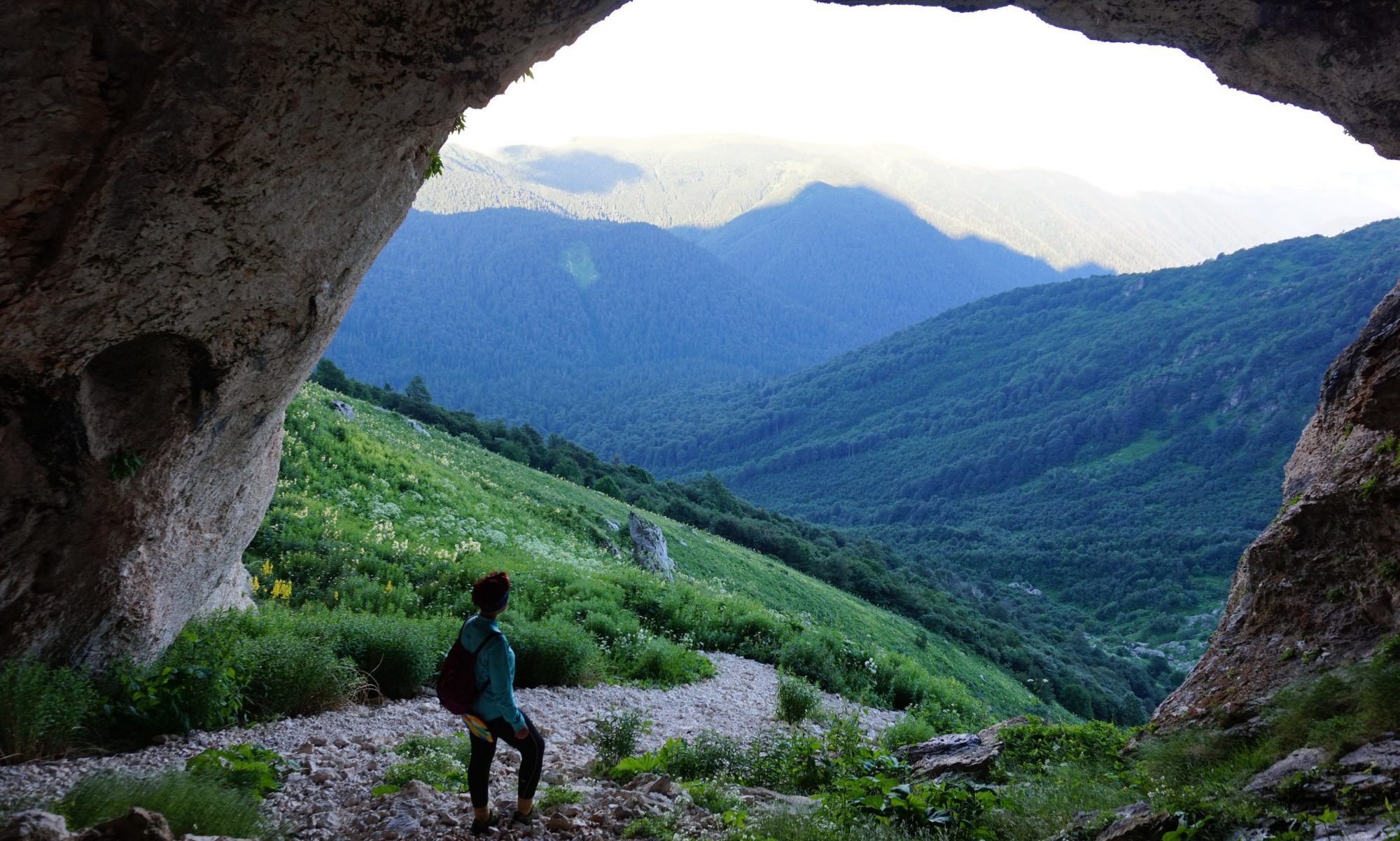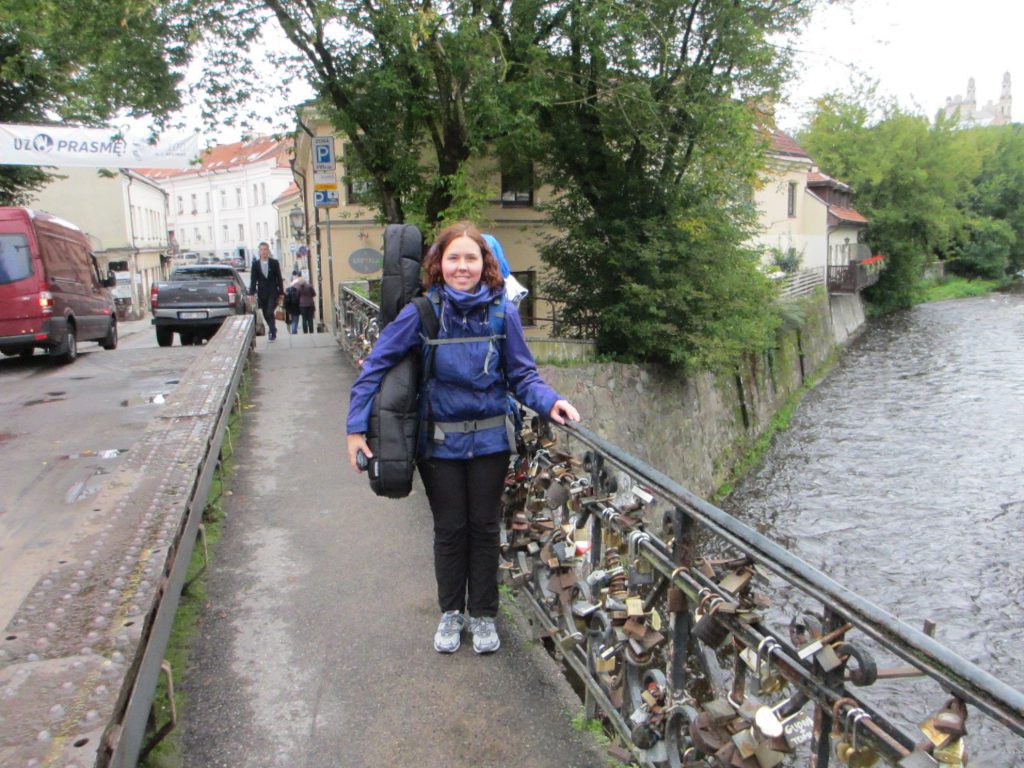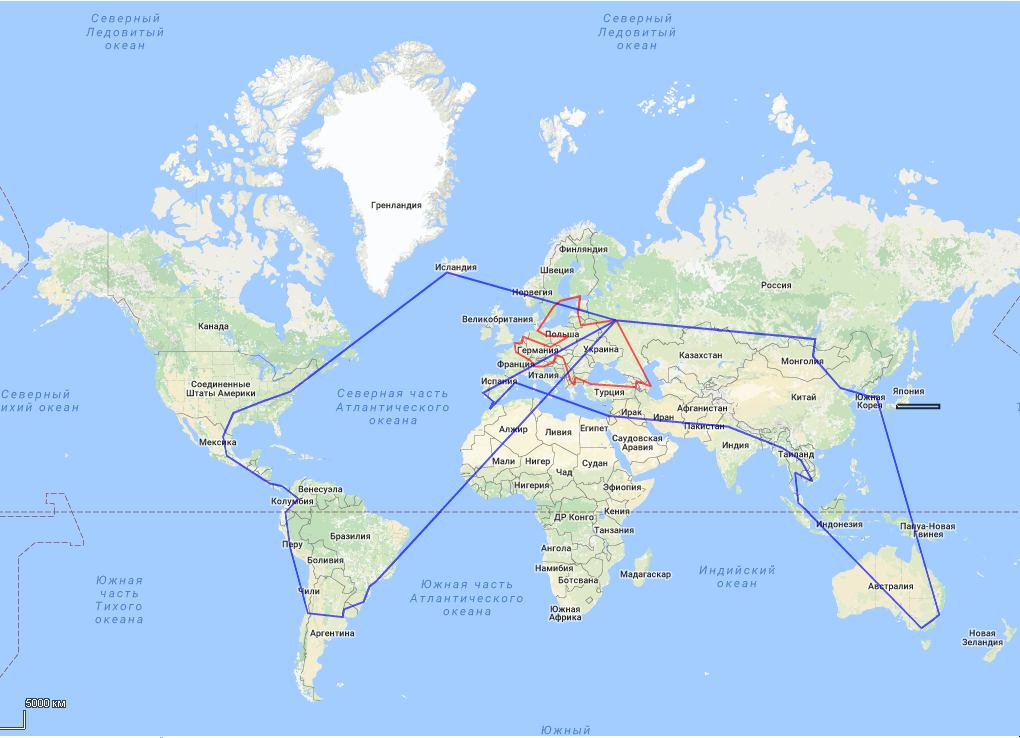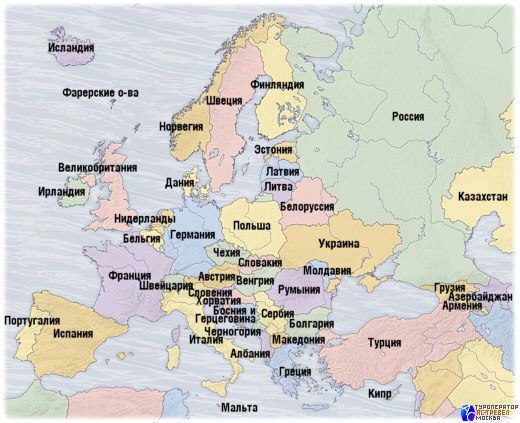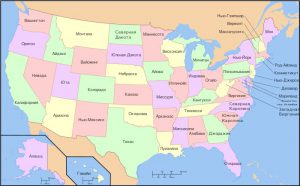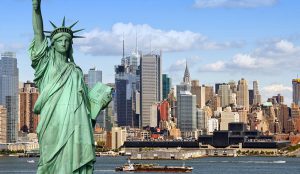So, I went from Lithuania to Riga, Latvia. On my way there I thought that I also wanted to see Jūrmala and visit the memorial in Salaspils… But it didn’t happen, I didn’t have time at all. I stayed just one night in Riga, in a hostel in the city center.
Here is some information about the hostel: Seagull Garret Hostel, situated in the very city center in a ten-minute walk from the main square. The prices vary, but on average it’s around 7-8 euro per night. All the employees speak Russian, it’s very clean, and there are good rooms with separate bathrooms. And the best perk for travelers is that for 5 euro your clothing will be washed and dried in a special machine in just one night. It’s very valuable, as due to my frequent trips my clothing has no time to dry after washing. All in all, I recommend you this hostel.) The only problem was that they lost my sock while washing. ><.

